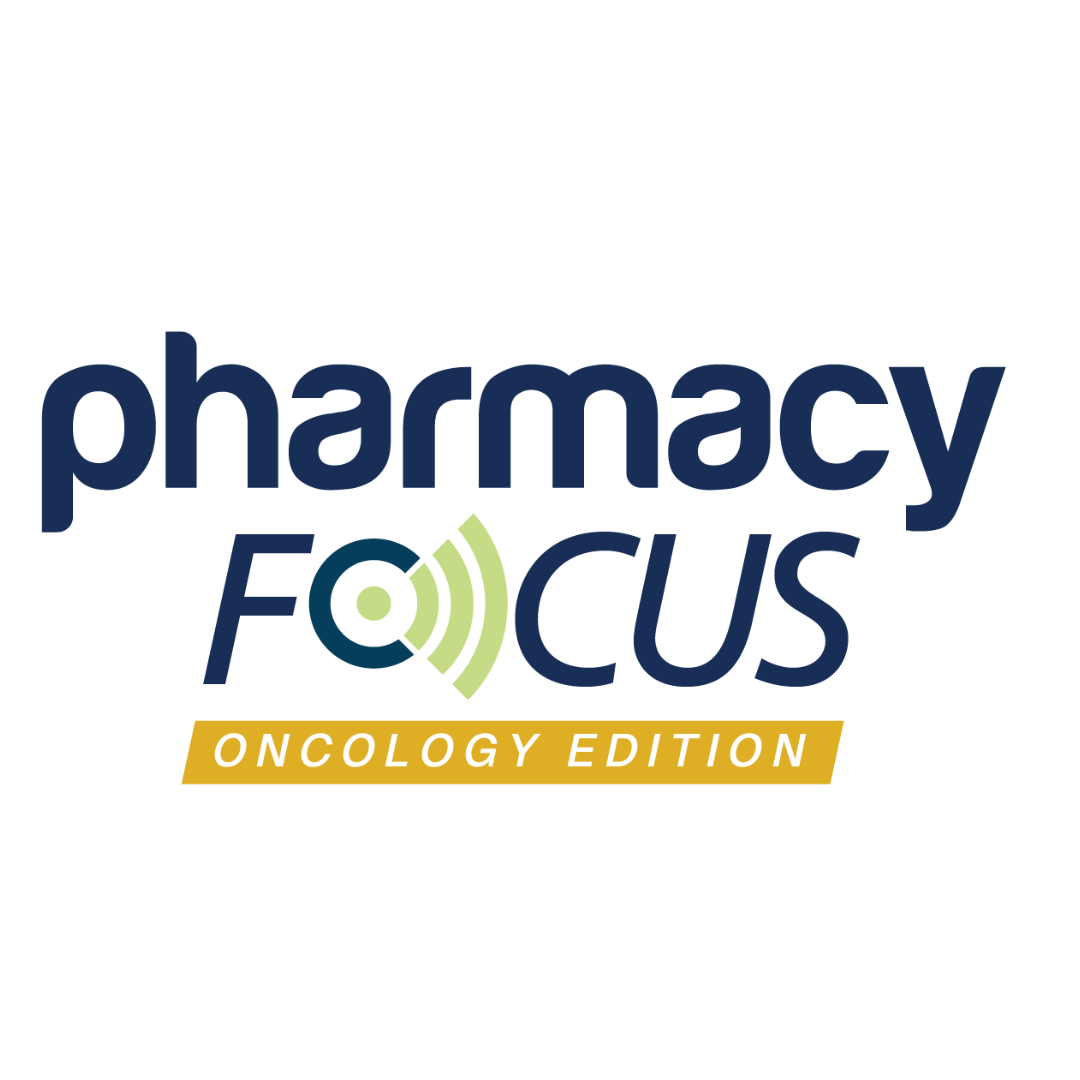News
Article
The Evolution of Pharmacy From Dispensing to Site of Care
Author(s):
The COVID-19 pandemic spring boarded the evolution of pharmacies toward establishing their position as sites of care.
Pharmacy originally began as an offshoot of medicine, explained John Colaizzi, Jr, PharmD, FNJPhA, vice president, pharmacy practice at Walgreens, during a session at Asembia's AXS24 Summit in Las Vegas.1 By the early 17th century, the first pharmacist guild was founded, and members of the guild consisted of apothecarists, who acted as health care providers.1,2
Two centuries later in the United States, apothecarists became more commonly known as pharmacists, which is a shift that has been attributed to Edward Parrish of the American Pharmaceutical Association, as it was then known. On into the 1950s, pharmacists made and prescribed medicines as community-based providers.1,2
Two centuries later in the United States, apothecarists became more commonly known as pharmacists, which is a shift that has been attributed to Edward Parrish of the American Pharmaceutical Association, as it was then known. Image Credit: © Tryfonov - stock.adobe.com

“For thousands of years, it was pharmacognosy, which is the treatment of disease through plants and herbs, with compounding mixed into that as well,” Colaizzi said. “The next shift happened probably in the late 19th century or early 20th century with the advent of the pharmaceutical industry. At that point, pharmacy became primarily dispensers of commercially available products.”1
In 1951, the Durham-Humphrey Amendment to the Federal Food, Drug and Cosmetic Act of 1938 was passed, which changed the role of the pharmacist. With this amendment, pharmacists were restricted to recommending over-the-counter (OTC) medications, resulting in a shift toward dispensing prescriptions and ensuring product safety.1,2
“But what was interesting during this period was that pharmacists were not even allowed to talk to their patients about their therapy,” Colaizzi said. “I come from a family of pharmacists, and at my uncle Tom's pharmacy in Pittsburgh that he opened in the early 1950s, he had a typical independent pharmacy that was an entirely cash business prior to the advent of [pharmacy benefit managers (PBMs)] and payers… [At this time], if a patient said to him, ‘Can you tell me what this is?’ He was required by law to tell them, ‘I know what it is, but I can't tell you, you've got to talk to your doctor about that.’”1
By the 1980s, a movement developed to expand the role of pharmacists in the clinical setting. By 2003, the Medicare Prescription Drug Improvement and Modernization Act was passed, and pharmacists were once again able to counsel patients on both OTC and prescription medications.2
“That then became the next paradigm shift, where pharmacists were not only given the authority, but they were required to counsel patients on their therapies,” Colaizzi said. “I'd also say now, that's where pharmacy made some mistakes. When we shifted to that sort of patient counseling model, we never charged for our services.”1
Colaizzi explained further that very few professions follow this model today.1
“You could call a pharmacy today and say, ‘Hey, I've got a question about this medication I’m on for this rash. Can you tell me about it?’ And they'll give you an answer. You can't do that for any other profession,” Colaizzi said. “You can't call a law firm and say, ‘Hey, I've never met you and I'm not going to pay you, but I'm getting divorced. I'd like some advice on how to handle that.’ But that's how pharmacy developed over the years.”1
In the late 20th century, pharmacists had their next paradigm shift into clinical services, and this was primarily precipitated by consumer demand for accessible care, according to Colaizzi.1
“I think the best example of that was in the mid-1990s, when the first state gave pharmacists the authority to immunize. Pharmacists were given this authority over the course of about 25 years,” Colaizzi said. “There was a lot of pushback from physicians and medicine on this at the time.”1
According to Colaizzi, there was concern that pharmacists immunizing would shift the location of immunizations to the pharmacy, which would not benefit all patients.1
“But what we saw was that, as states gave pharmacists authority to immunize, immunization rates increased by almost 30% in some states because pharmacists are accessible providers of care,” Colaizzi said. “So, we've seen that paradigm continue.”1
According to Colaizzi, the next big shift was educational requirements for pharmacists, which changed in 2004. At this time, the minimum standard training for pharmacists shifted from a BS degree to a PharmD.1
“That was a point where there was still some somewhat of a delineation—but less of a delineation—between regular pharmacists and clinical pharmacists,” Colaizzi said. “We all kind of got the same training.”1
Over the last several years, the COVID-19 pandemic took all of this gradual evolution and spring boarded a shift toward pharmacies as sites of care, according to Colaizzi.1
“This was a time where we obviously were in crisis, as we were experiencing the greatest pandemic that the country has ever seen,” Colaizzi said. “The federal government in the US turned to pharmacy and said, ‘We need help giving over 300 million COVID-19 vaccines and over 80 million COVID-19 tests,’ and pharmacists and pharmacy technicians really stood up. In addition to that, they prescribed novel oral and infused antiviral therapies.”1
As this shift progresses, reimbursement challenges from payers and PBMs have arisen. According to Colaizzi, pharmacy will need to show the outcomes for patients when acting as a site of care to progress reimbursement opportunities.1
“I was speaking at a payer conference recently, and a CEO of a PBM got up, and the point he made to this room of a lot of pharmacists and independent pharmacy owners was, ‘I want to pay pharmacists for clinical services. I think it's the future. I think it's right to do, and I think it’s what's right for patient care. But I won't do it unless there's outcomes. We're not going to pay you just because you want to get paid, or just because you're performing the service. You've got to show the outcomes,’” Colaizzi said. “It's hard to argue with that. It was an unpopular opinion that he made, but it's difficult to argue with.”1
For pharmacists, health economics and outcomes research are a newer field, explained Asembia session panelist Ashley Galla, PharmD, MBA, FASHP, BACP, CSP, vice president, clinical operations, Northwell Health. However, more and more pharmacists are starting to get into this space in a meaningful way. According to Galla, the pharmaceutical industry has been doing this type of work for many years, and they have been doing a very good job of supporting the value proposition of their products.1
“I think we need to engage each other, use each other's tools and resources, and share experiences to really get this [reimbursement issue] to the next level,” Galla said.1
REFERENCES
- Colaizzi J, Galla A, Broadus A. Pharmacies As Site of Care in a Post-COVID World. AXS24 Summit; Las Vegas, NV; April 28-May 2.
- Jerry H. Hodge School of Pharmacy. The History of Pharmacy. Texas Tech University Health Sciences Center. 2024. Accessed May 2, 2024. https://www.ttuhsc.edu/pharmacy/museum/pharmacy.history.aspx
Newsletter
Stay informed on drug updates, treatment guidelines, and pharmacy practice trends—subscribe to Pharmacy Times for weekly clinical insights.






